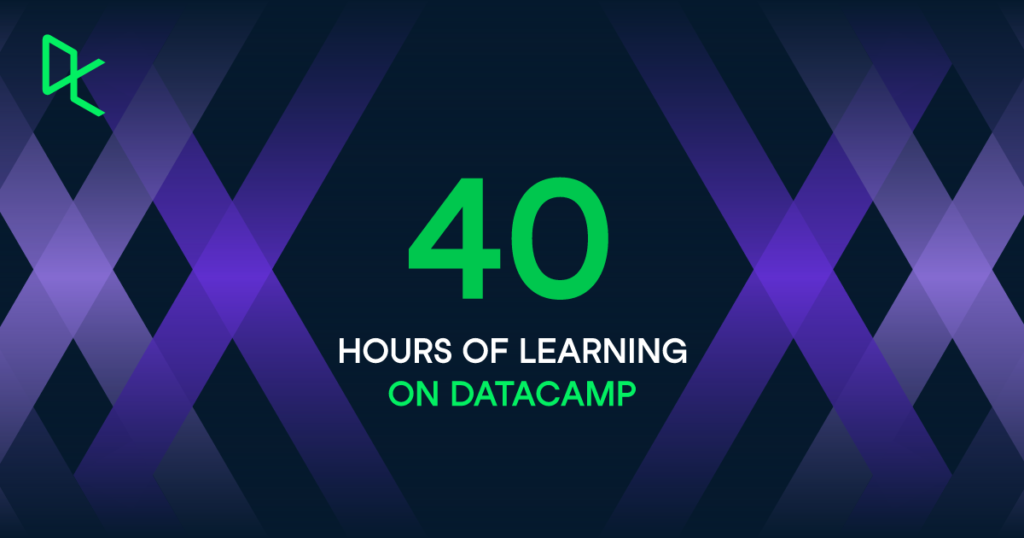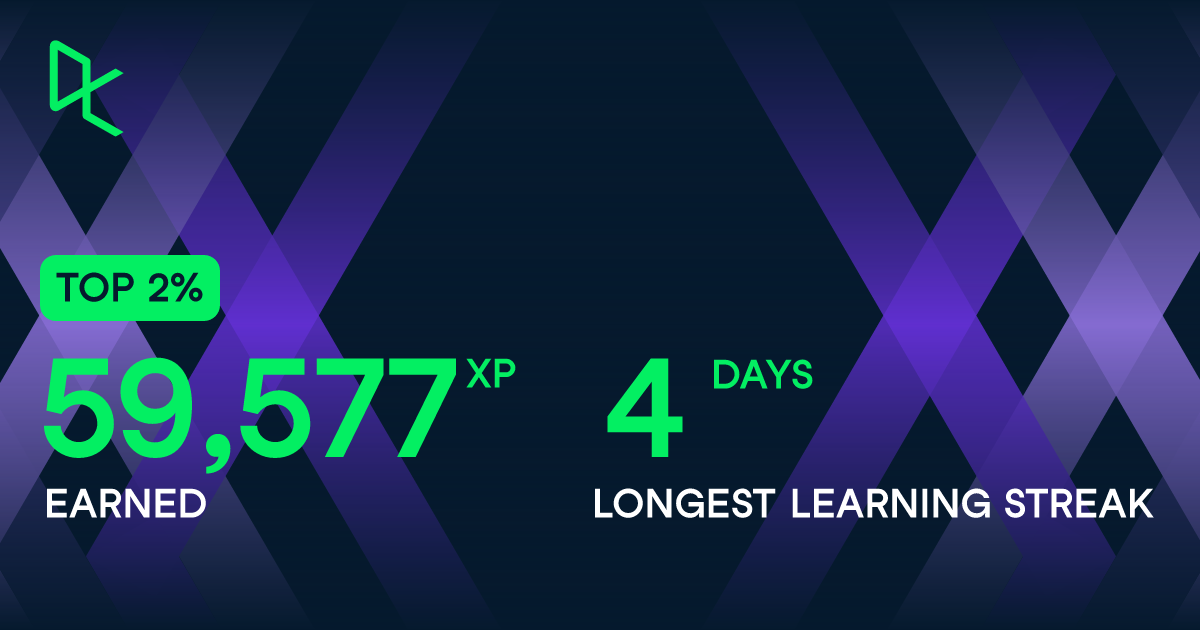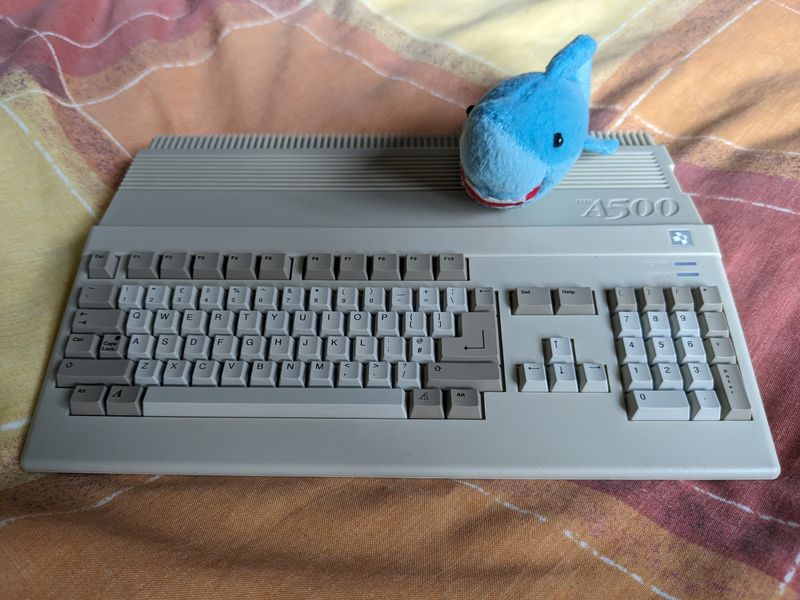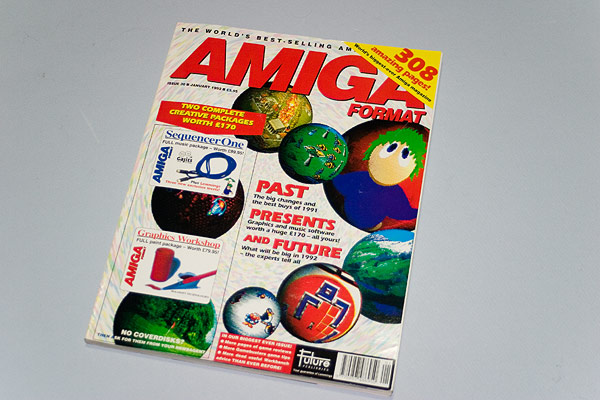In this post, I examine my attitudes toward certification and how I use my certifications after earning them.
Table of Contents
Introduction
In October 2023, I renewed my AWS SysOps Administrator Associate certification. I was going to write about how I did it, but I used similar resources to those in my Developer Associate post from March 2022.
So I’m writing a different post instead. Many people examine how they earn cloud certifications, but few explore the reasons why. Here, I’ll share my attitudes and motivations toward earning and renewing a cloud certification, and how I apply my new knowledge after the fact.
Self Validation
For me, the biggest certification benefit is the confidence it gives me that I know what I’m talking about.
I’ve mentioned previously that I have anxiety and imposter syndrome issues. One way I approach that is to keep my technical knowledge current and relevant. This goes beyond the cloud. I have DataCamp and A Cloud Guru subscriptions for honing other areas, and various newsletters and feeds for news and opinions.
Certifications let me distil my knowledge into the recognised and understood forms of certification badges. These badges in turn give me the piece of mind that I can validate and evidence my cloud knowledge.
This doesn’t just benefit me…
Knowledge Validation
Having active cloud certifications gives my employer confidence that my cloud knowledge is accurate and reliable.
My employer uses many AWS services across various teams. My AWS certifications have given me T-shaped knowledge that helps me contribute to the success of both Data Engineering and the other tech teams. This knowledge lets me:
Troubleshoot Problems
Lambda function throwing unexpected exceptions? Slow running Athena query? Unreachable EC2 instance? I’ve solved all these problems using certification knowledge applied to real-world use.
For the record, the Lambda’s IAM role was missing actions, the S3 objects needed different partitioning and the instance was missing a security group.
Collaborate Across Teams
Whether preparing for failovers, replacing legacy packages with cloud processes or building APIs, I can work with my non-data colleagues by understanding the AWS services they use and what their outputs tell me.
For example, I don’t directly use AWS services like Systems Manager Patch Manager and API Gateway in my role. But I understand what those services are, what their outputs mean and how they relate to the services I do directly use.
Architect Agile Solutions
When faced with a new requirement or unexpected bug, I can call on my certification knowledge for optimal and appropriate solutions. Should those solutions turn out to be ineffective or undesirable, I can pivot or re-architect accordingly.
For example, when recently repartitioning an S3 bucket I approached the task using Python and boto3. During testing, it became clear this approach would take days to complete.
So I used my AWS CLI SysOps knowledge and refactored the Python code to script out the S3 CLI operations for each object. Then I completed the entire repartition in about two hours using Bash.
Same task. Same result. Different solutions.
Wider View
Studying for and passing certifications exposes me to cloud services I’ve never used, or don’t use often.
AWS constantly changes. Most weeks see new services, features or improvements. Keeping abreast of over two hundred services is difficult, and useful info will inevitably slip through the cracks.
Cloud certifications give me a wider view of the cloud landscape. While I’m primarily a data professional, knowing about services outside that scope improves my diversity and value. It also helps me manage my own cloud accounts. While I’m not responsible for my employer’s security or networking, I am responsible for mine!
Some recent useful discoveries from my SysOps renewal include:
EventBridge Pipes
From Amazon EventBridge’s Product page:
Amazon EventBridge Pipes helps create point-to-point integrations between event producers and consumers with optional transform, filter and enrich steps. EventBridge Pipes reduces the amount of integration code needed to write and maintain when building event-driven applications.
https://aws.amazon.com/eventbridge/pipes/
For me, EventBridge Pipes feels like ETL for events. It sits between event sources and event targets, removing unneeded data and transforming what’s left. As event-driven architectures become increasingly common, EventBridge Pipes have great efficiency and cost-saving potential.
IAM NotAction
I thought this was a misprint until I checked the docs! Where Action matches the action(s) that will be allowed or denied, NotAction matches everything except the specified list of actions.
So, where this policy allows the deletion of any S3 bucket in an account:
"Effect": "Allow",
"Action": "s3:DeleteBucket",
"Resource": "arn:aws:s3:::*"This policy allows all S3 actions except deleting an S3 bucket in an account:
"Effect": "Allow",
"NotAction": "s3:DeleteBucket",
"Resource": "arn:aws:s3:::*"S3 Access Points
From Amazon S3’s Product page:
Amazon S3 Access Points simplify data access for any AWS service or customer application that stores data in S3. With S3 Access Points, customers can create unique access control policies for each access point to easily control access to shared datasets.
Customers with shared datasets including data lakes, media archives, and user-generated content can easily scale access for hundreds of applications by creating individualized access points with names and permissions customized for each application.
https://aws.amazon.com/s3/features/access-points/
S3 Access Points look like they can take lots of pain out of bucket policies and IAM config. This would be a big help with sharing datasets, controlling object access and setting environment variables.
Summary
In this post, I examine my attitudes toward certification and how I use my certifications after earning them.
Certifications aren’t for everyone, and that’s fine. As regards my attitudes toward certification, they’re great at improving my confidence, expanding my horizons and making me a better, more complete engineer.
AWS have a range of skill builders, workshops and whitepapers to help people on their certification journey. Check them out! If this post has been useful, the button below has links for contact, socials, projects and sessions:
Thanks for reading ~~^~~




















